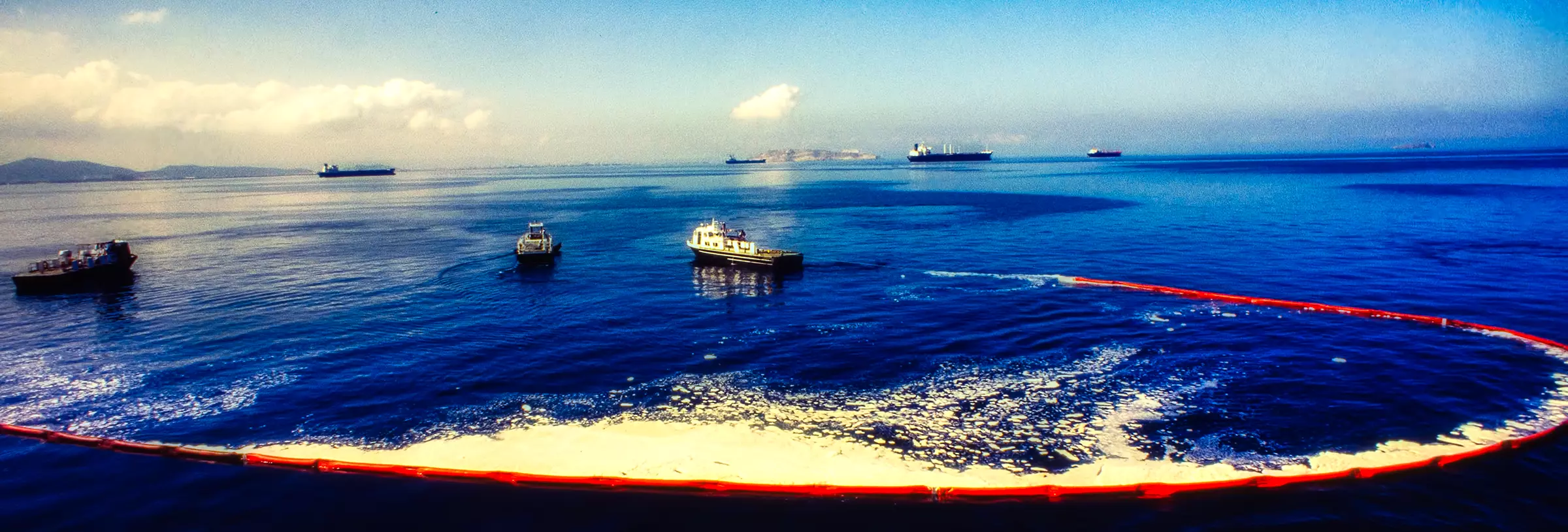Interior Issues Operating Principle for Natural Resource Damage Assessment and Restoration Program
On May 15, 2020, the U.S. Department of the Interior (“Interior”) updated an important policy memorandum associated with its Natural Resource Damage Assessment and Restoration (“NRDAR”) Program. Interior is tasked with taking appropriate actions necessary to protect and restore those natural resources that it manages or controls that have been injured by releases of hazardous substances or oil. The agency coordinates these actions through the NRDAR Program (which Interior also refers to as the “Restoration Program”).
The new policy, authored by the Director of the Office of Restoration and Damage Assessment (“ORDA”) and entitled “Operating Principle for Restoration Activities” (the “Operating Principle”), can be found here or on ORDA’s “Authorities, Guidance, and Policy Library” page. The Operating Principle provides the framework for the overall NRDAR process at Interior, including both the assessment and restoration phases. The new policy is more nuanced than the one it replaces and will impact not only the natural resource trustee agencies (“trustees”), but potentially responsible parties (“PRPs”) as well.
The Operating Principle replaces a similar policy memorandum dated May 7, 2004. NRDAR practice has evolved in the 16 years since Interior published the prior policy and the Operating Principle reflects many of these changes through clarifications and more detailed explanations. In general, the themes of the prior policy remain, including the importance of remembering the goal of the Restoration Program (i.e., restoration) and incorporating restoration planning from the very beginning of the assessment process. But at 10 pages long (twice the length of the prior policy), the Operating Principle also includes new subsections pertaining to PRP involvement, the use of restoration banking, and Interior administrative elements like case closure and project tracking.
One of the main areas where the Operating Principle differs from the prior policy is in its consideration of the role of PRPs in the NRDAR process. While the prior policy barely mentioned PRPs, the Operating Principle adds a number of references that explain how, and to what extent, the trustees are required to involve PRPs in both assessment and restoration activities. Most importantly, the Operating Principle explains that the trustees “must invite the [PRPs] to participate in the natural resource damage assessments” and provides that this invitation “should be extended as soon as practicable following a spill or release.”[1] It also notes that the trustees should coordinate with cooperative PRPs early in the NRDAR process to help identify potential restoration options.[2] In addition, the Operating Principle confirms that PRPs may themselves implement restoration of injured resources and services (at the direction of the trustees) and that PRPs may receive NRDAR credit from the trustees for restoration activities, affirming the viability of NRDAR banking opportunities.[3]
Restoration banking in the NRDAR context has grown significantly since Interior issued the prior operating policy in 2004, which did not mention restoration banking. In contrast, the Operating Principle identifies “restoration in advance of potential impacts” as one of the five different points within the NRDAR process at which restoration actions may occur and specifically calls out restoration banks as an example.[4] In light of Interior’s earlier withdrawal of its December 9, 2016 guidance document on restoration banking and other advance restoration projects, this express inclusion in the Operating Principle should calm concerns that Interior might move away from the use of restoration banking in NRDAR.
Finally, the Operating Principle memorializes a number of new administrative processes that ORDA requires of NRDAR case teams. Most notably, the Operating Principle requires case teams to upload any important milestone documents or publicly reviewed plans into the Damage Assessment and Restoration Tracking System (“DARTS”).[5] DARTS is ORDA’s primary information management system, which includes a public-facing interactive website that allows non-Interior trustees and the general public to track NRDAR cases (available here). In addition to requiring better tracking of restoration milestones, the Operating Principle also includes a new section on case closure, which explains the criteria case teams must meet in order to close a NRDAR case after settlement.[6]
All told, the Operating Principle is an important step toward modernizing the NRDAR process at Interior.
